Turin, at Palazzo Madama an exhibition on Queen Margaret of Savoy
From February 17 to June 26, 2022, Palazzo Madama in Turin is dedicating an exhibition to Margherita di Savoia (Turin, 1851 - Bordighera, 1926), the first queen of united Italy. Entitled Margherita di Savoia, Queen of Italy and coordinated by Maria Paola Ruffino, the exhibition reconstructs the figure of Margherita: inspiring muse and benefactor, model of action and style, reference for the Italian people in the tumultuous transition between the 19th and 20th centuries.
Born at Palazzo Chiablese in Turin in 1851, Margherita was the daughter of Ferdinand of Savoy Genoa, hero of the Risorgimento, and niece of King Victor Emmanuel II. She married her cousin and heir to the throne Umberto at age 16 and devoted her entire life to building consensus around the House of Savoy. Queen Margherita’s name is now ubiquitously present in our lives to indicate urban courses, underpasses, hospitals, schools, and pizzas, but often, in reality, disengaged from knowledge of the historical figure who deserved so many tributes. Palazzo Madama is therefore aiming its lens at her with the goal of giving her back a face and a history. The exhibition tells the story of the princess and queen of Italy, chasing her interests and actions, her love of art, reading and music, her active social life and attendance at the National Expositions, her search for silence and simple life during her stays in the mountains of the Aosta Valley. All this with an itinerary that, through numerous projections of period films and images, accompanied by sound effects and chamber music, transports the visitor to the world and years of the queen who made Italy, and is divided into sixty-five works, including portraits, paintings, sculptures, clothing and jewelry, musical instruments, manuscripts, tapestries and furniture.
The exhibit, designed by architect Loredana Iacopino, is divided into five main sections, documenting the life and actions of an emblematic woman of our history. The first section, Margaret. The Beginning of Public Life, begins with her marriage to Prince Umberto of Piedmont, which kicks off Margherita’s public life. It is celebrated in the Cathedral of Turin on April 22, 1868. The City organizes grand festivities culminating in a tournament in medieval costume played in Piazza Carlina and with the gift to the princess of a casket made of fourteen pounds of gold and lapis lazuli. The heir to the throne, Victor Emmanuel, was born the following year in the Palace of Naples, out of a desire to strengthen the crown’s ties with the South. The second section, Icon of Style, presents Margaret of Savoy as a conscious icon of the household and of Italy, as well as a model of taste and style for the Italian aristocracy and people. Margherita oversees the rearrangement of the apartments intended for her and Umberto in the various royal residences_ she loves the profusion, the abundance of furnishings and their variety, the mixture of Louis XV and style furniture, the Meissen and Vieux Saxe porcelain, the overlapping of carpets, furniture, portraits, mementos, and green palms. Luxurious furnishings from other royal residences converge at the Quirinal Palace in Rome: eighteenth-century furniture, porcelain, tapestries, paintings and entire boiseries, such as the marvelous library inlaid by Pietro Piffetti for the Queen’s Villa in Turin. Margherita distinguished herself in dressing by her sumptuous gowns, of which she favored bright colors, applications of flowers, embroidery and lace, and loved to adorn herself with numerous pieces of jewelry, including her famous pearls. Magazines, particularly the one that bears her name, Margherita (founded in Milan in the year of her accession to the throne, 1878), describe the toiletries worn on her walks, at the hippodrome, and at the theater. Dances, receptions and parties are privileged times for sovereigns to show off and forge ties with the aristocracy. A fixture became the palatial balls at the Quirinale, but also fashionable in these years were parties in historical costume.
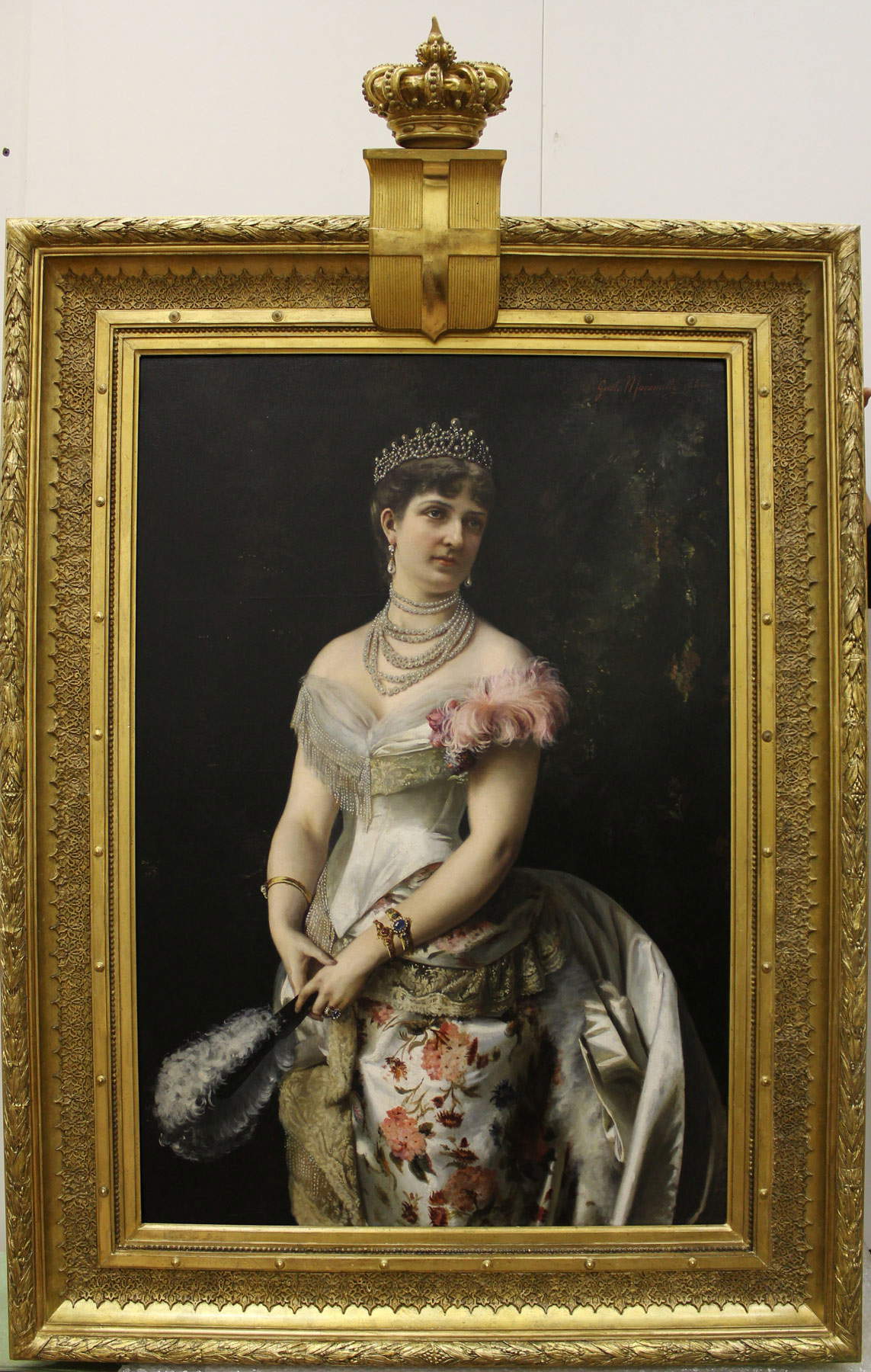
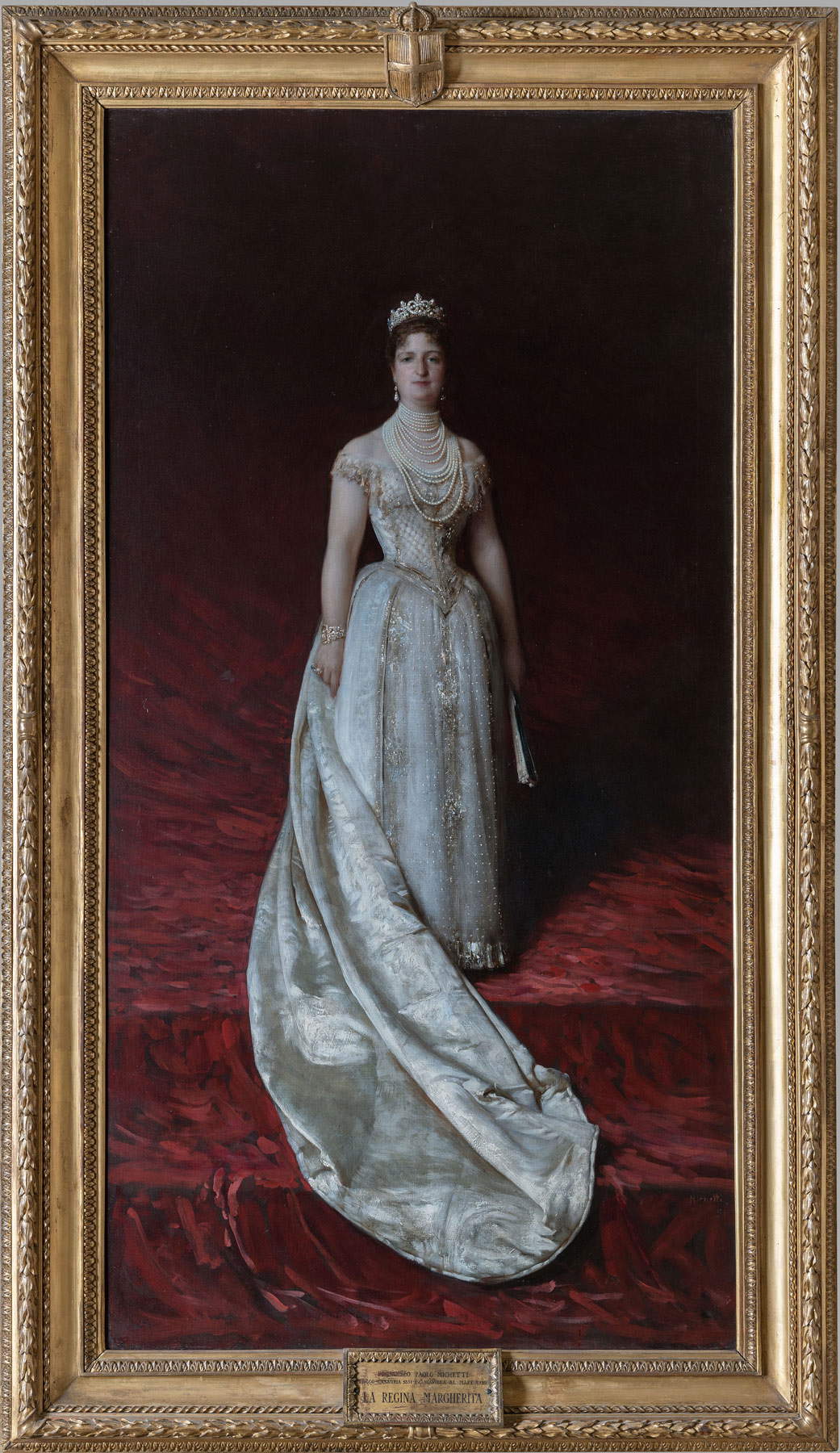
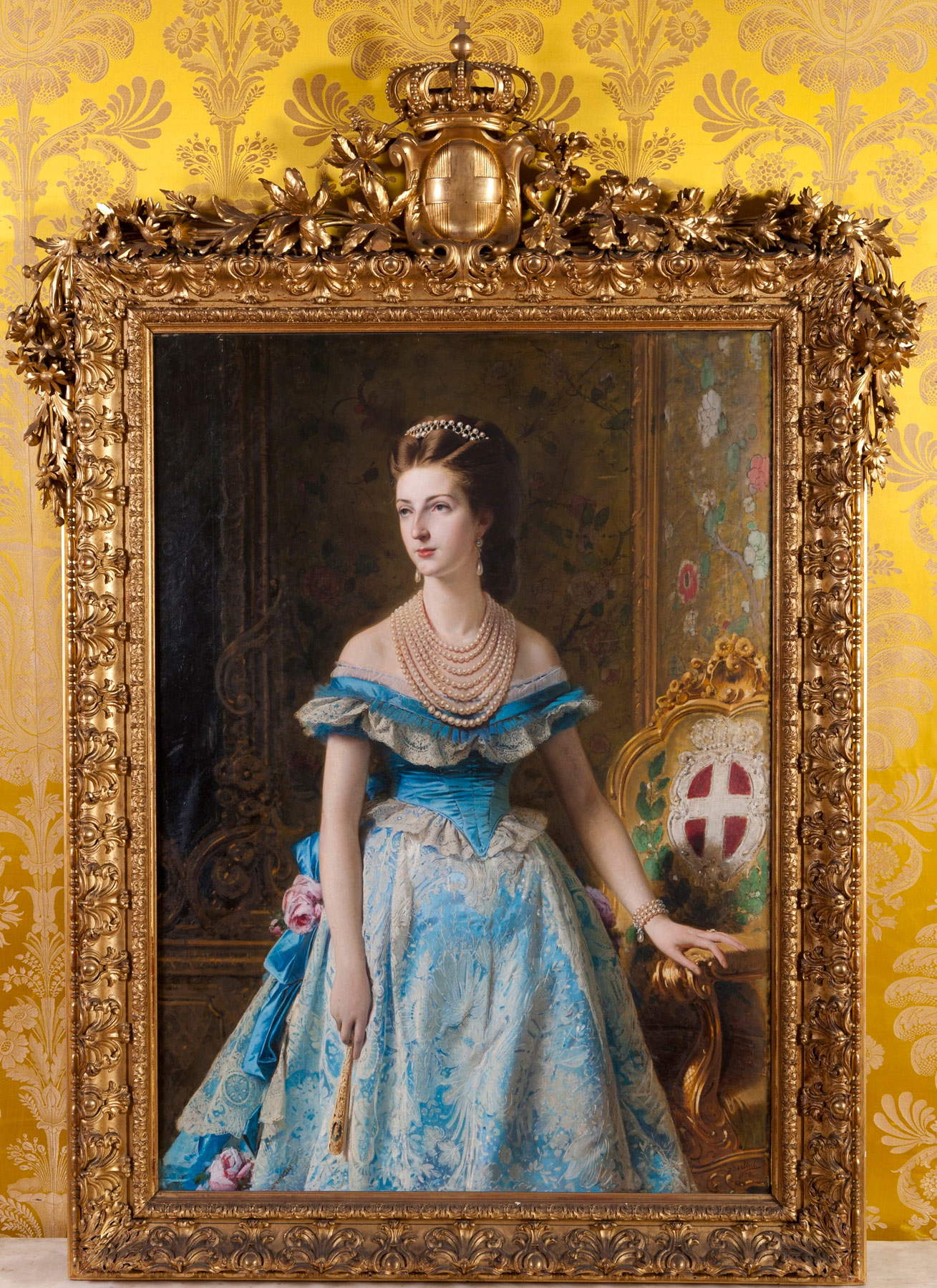
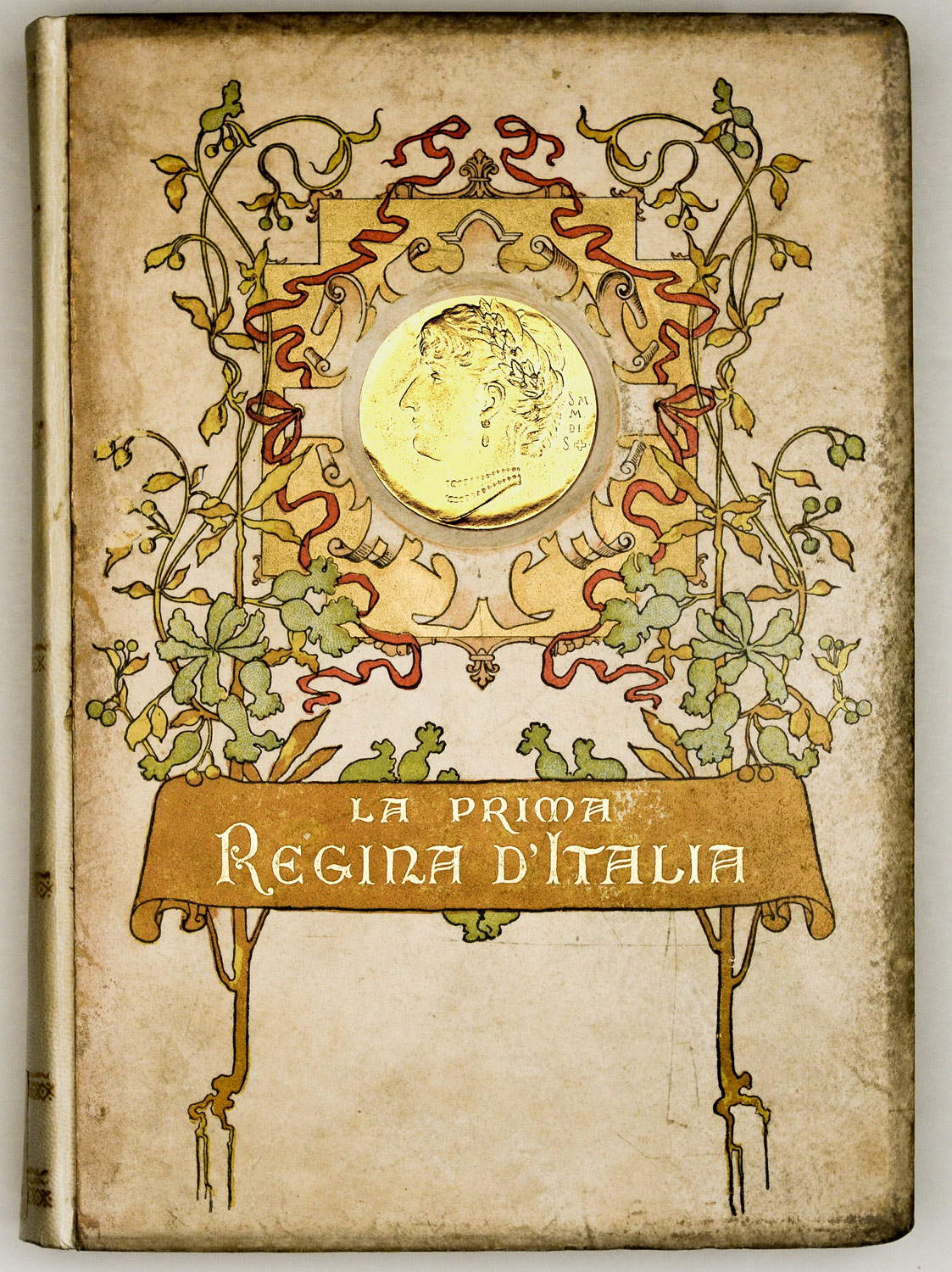
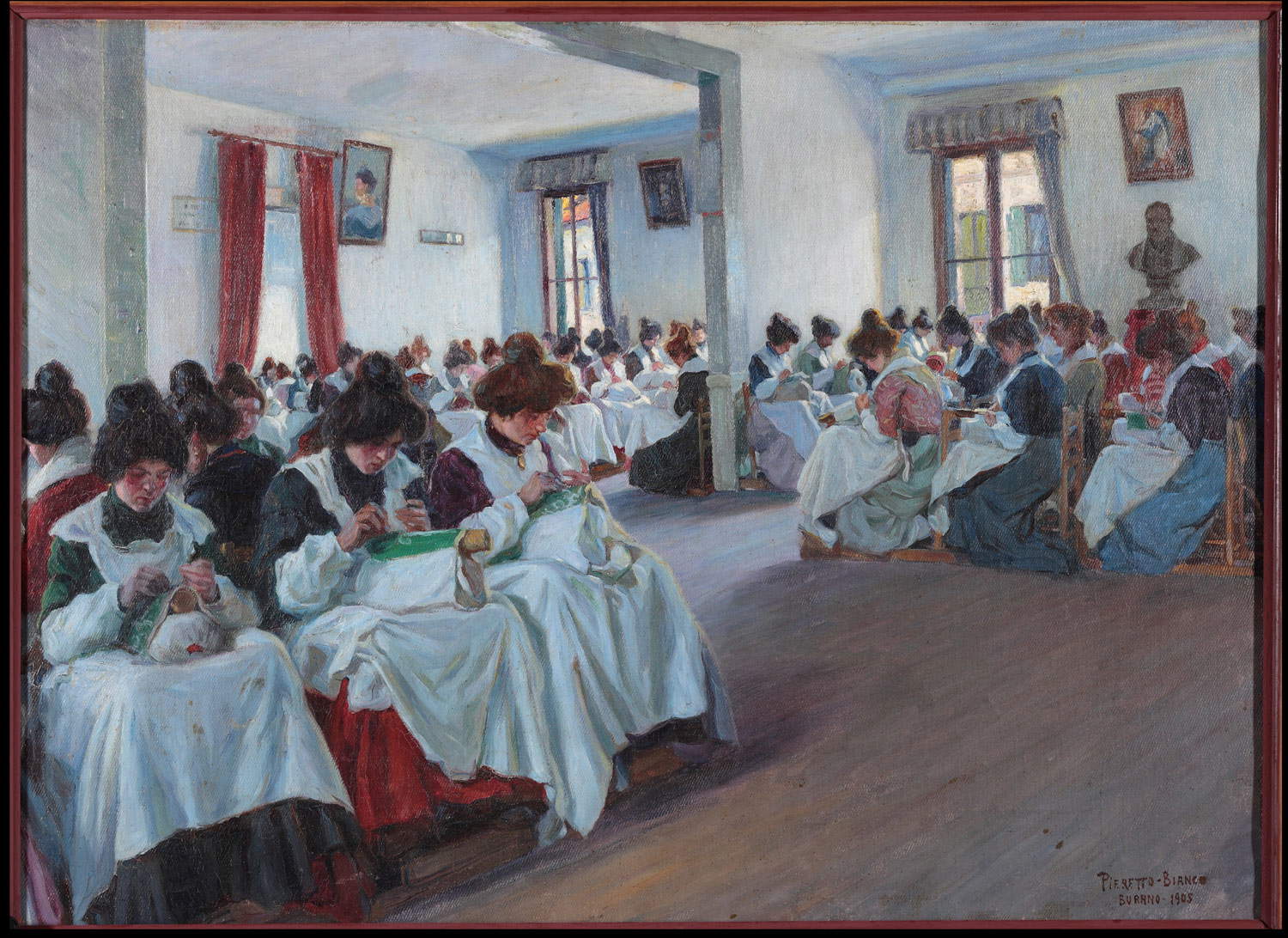
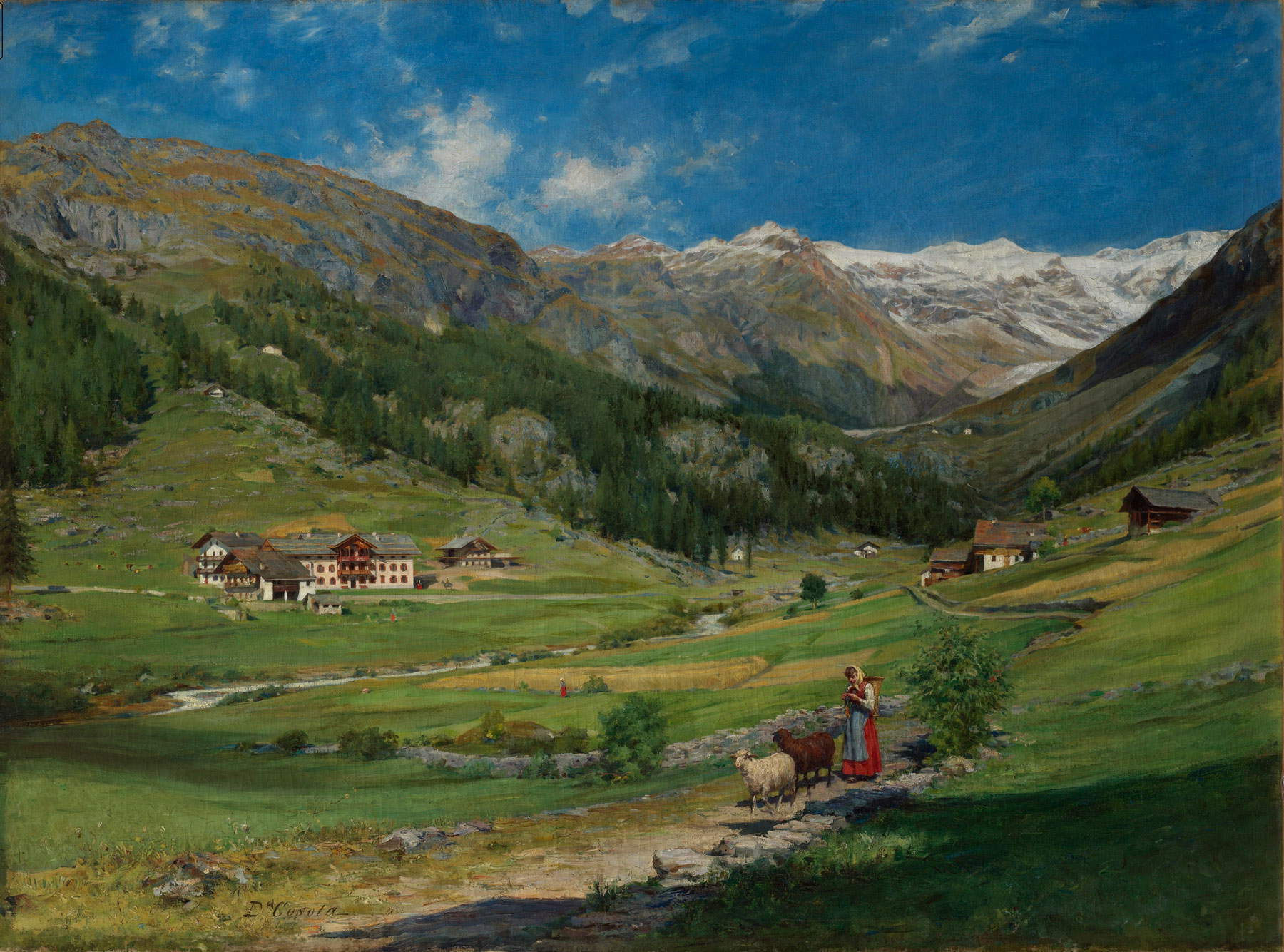
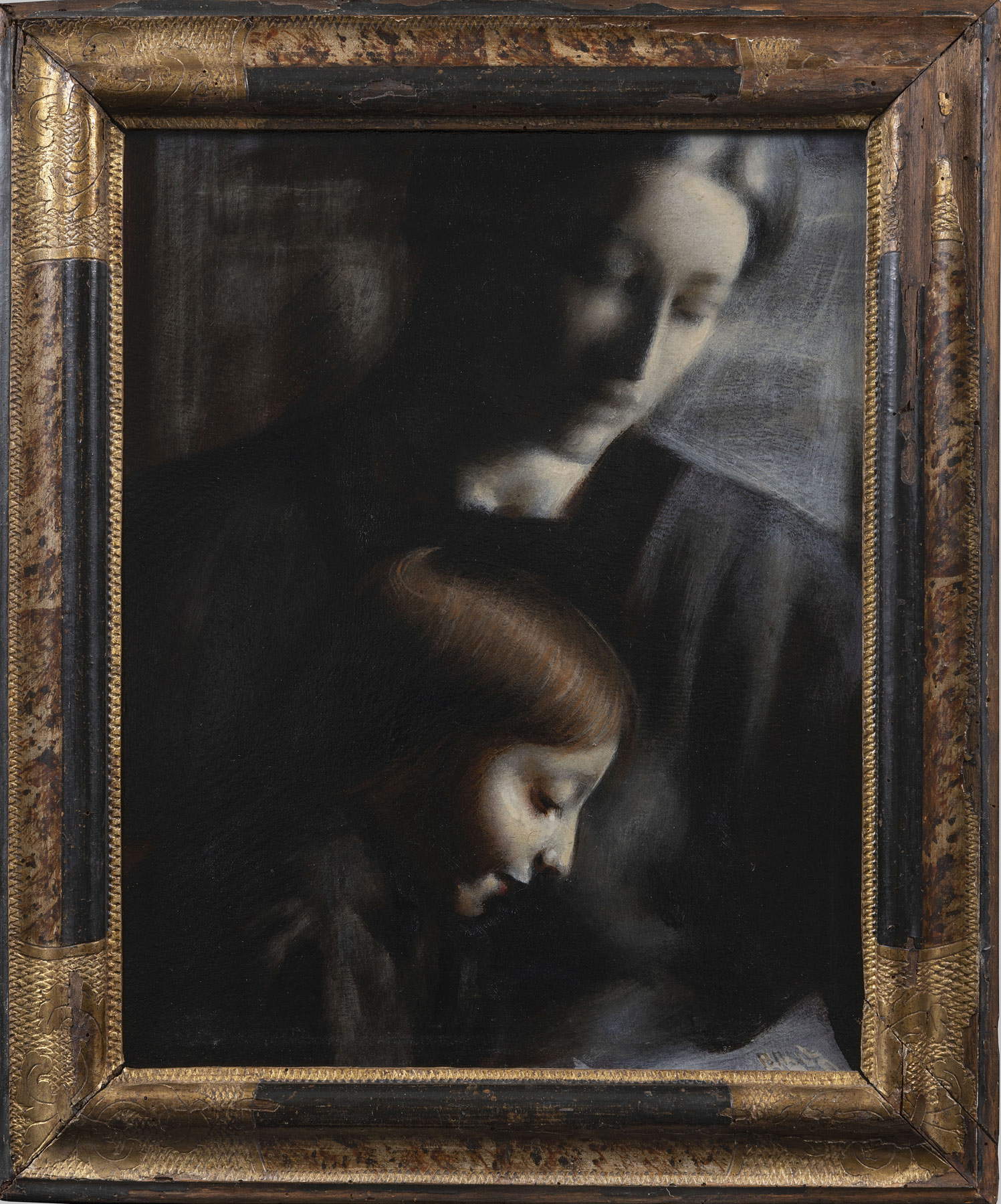
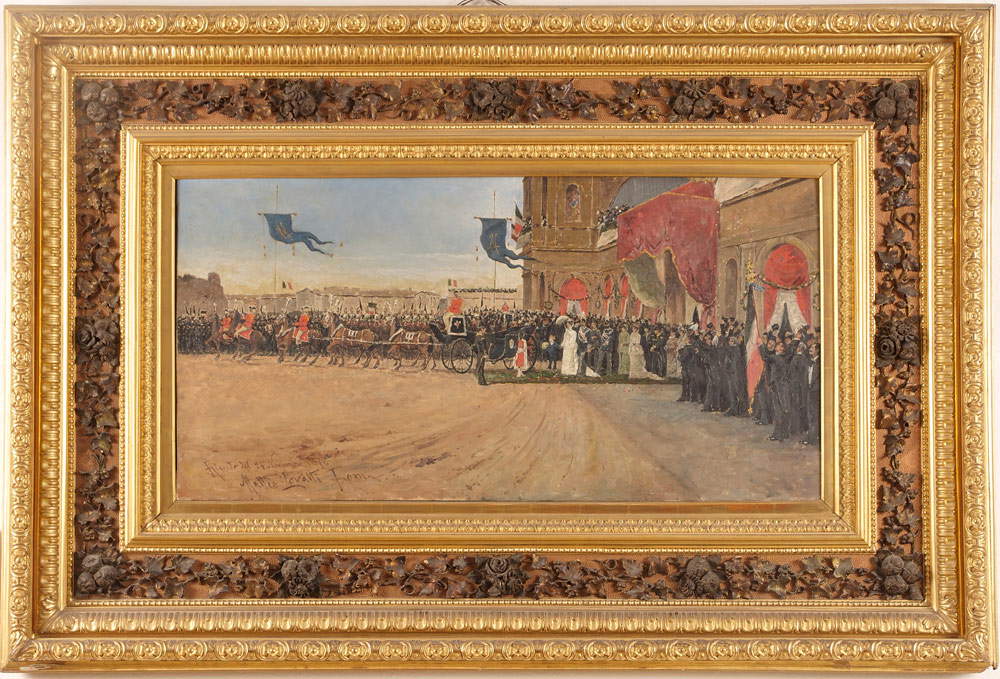
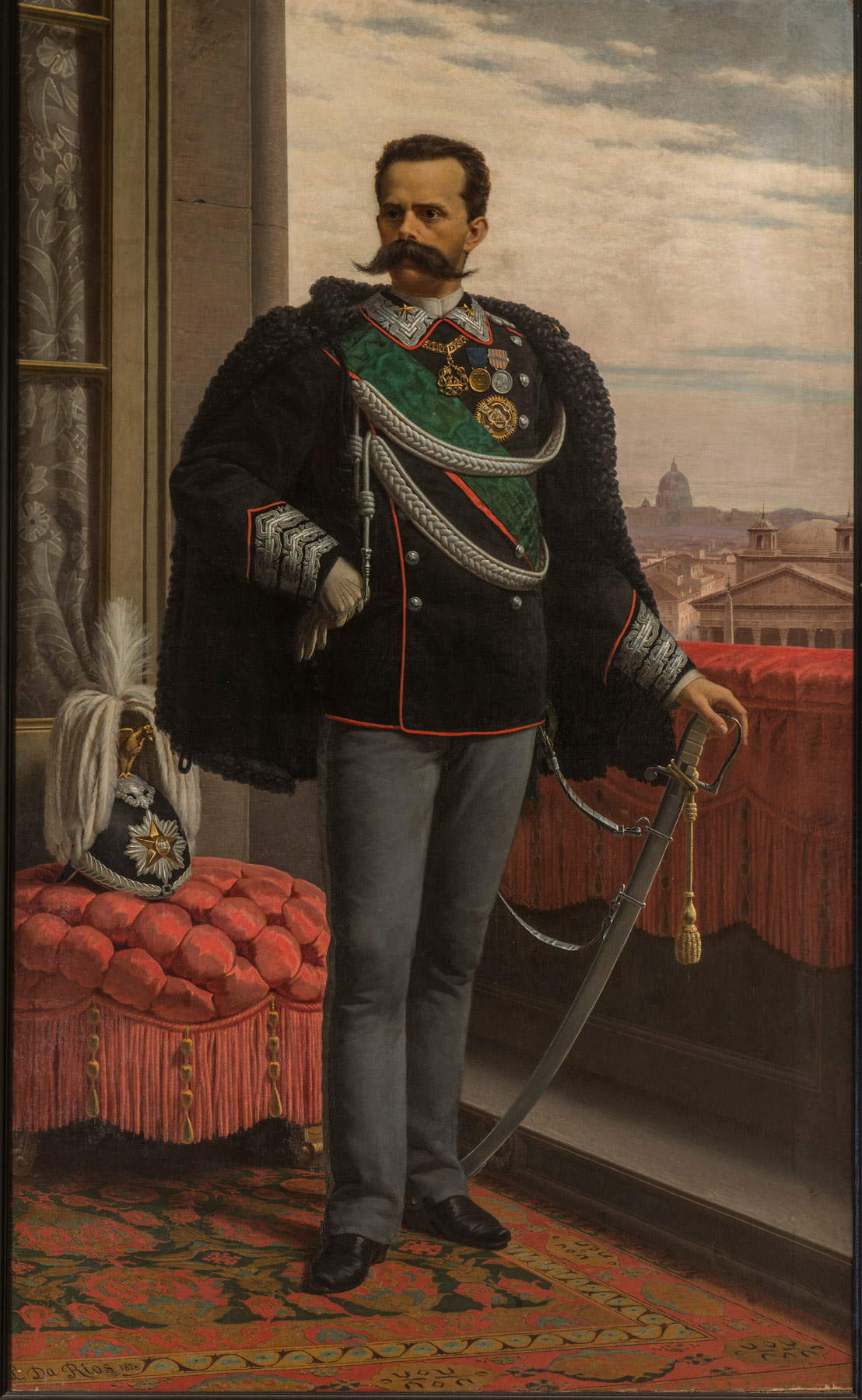
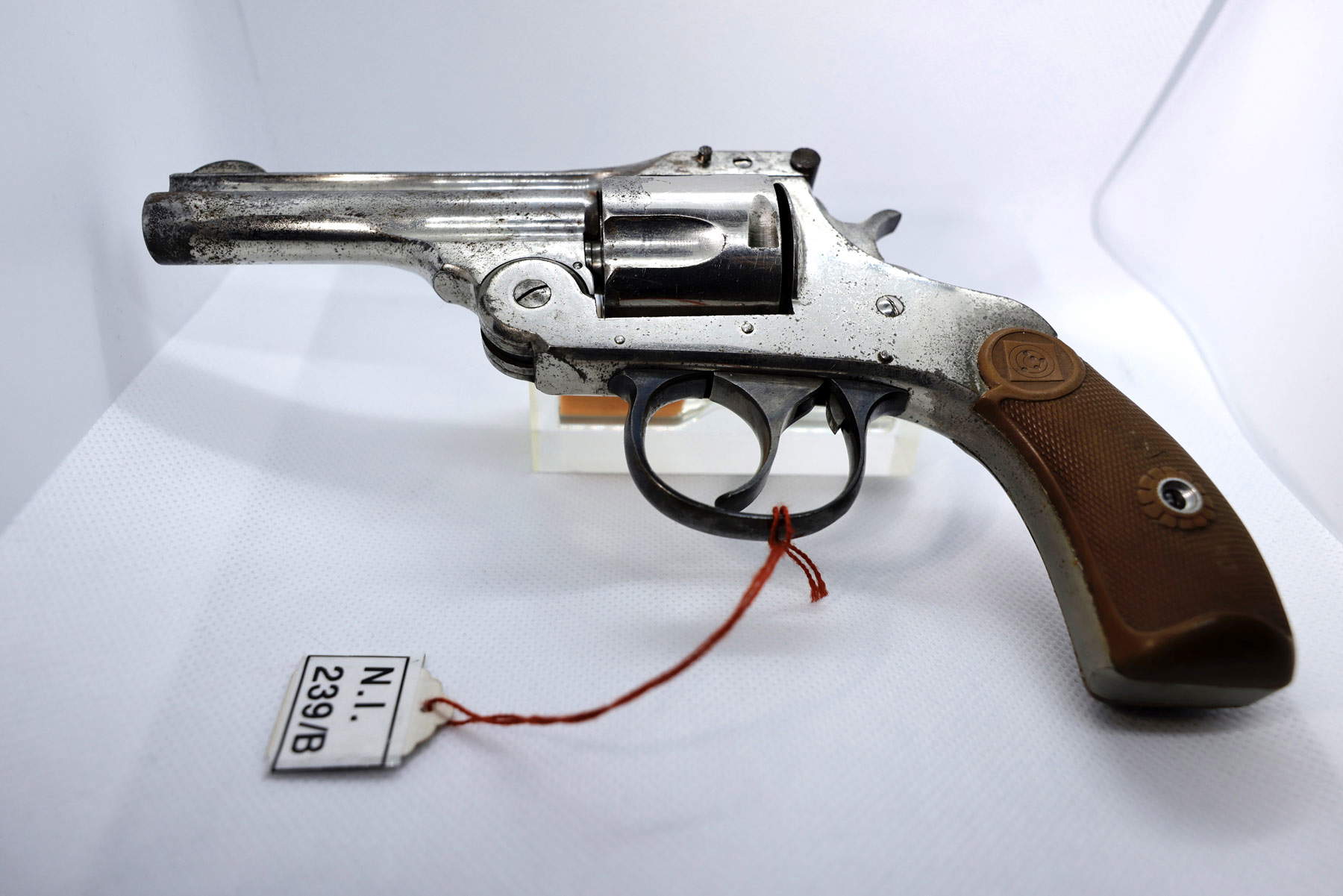
The consensus around Margherita, which grew as a result of the attention the queen showed to the life of the country and its difficulties, is the subject of the third section, entitled precisely The Consensus. Margaret of Savoy bestows subsidies on religious congregations and secular institutions, kindergartens, schools, and charitable associations. She believes in the need for the expansion of education and vocational training that revalues the applied arts, particularly with reference to women. She therefore makes a valiant ally of her friend Andriana Marcello, founder of the Burano lace school, in promoting the fashion of lace in women’s toilets and commissions many works from the school, supporting the activity of that enterprise, which aimed to give a living to many women without resources or culture. Margaret also brought back the fashion of coral, to support the activity of the coral industry led by the “School for Coral Work” established by Royal Decree in 1878. Thanks to its intervention, the activities of the schools of applied arts found a space in the National Exhibitions, showing the excellence of Italian manufacturing and artistic production.
The Muse section starts from Rome and the salon animated by Margherita, frequented by personalities of culture, politics and art. Marco Minghetti, a statesman of the historical right, is her Latin teacher and her ideological and cultural guide. Margherita loves the classics, but she is also curious to grasp the evolution of the contemporary novel. Her impressive library testifies to the breadth of her interests, which often focus on the arts, painting in particular, where she favors Venetian colorism, Titian and Tintoretto. Famous is the great mutual admiration that bound the republican Giosuè Carducci to the Queen. Margherita’s great passion was also music, Beethoven and Wagner, to which she devoted herself by playing the piano and with singing. From 1881 she started the tradition of concerts at the Quirinale, entrusted to an internationally renowned composer, Giovanni Sgambati, which spread appreciation for European symphonic and chamber music in Italy as well. The Aosta Valley welcomed Margaret for summer vacations, at the hunting chateau of Sarre and, from 1889, as a guest in Gressoney of Baron Louis Beck-Peccoz, who accompanied her on challenging high mountain climbs. In 1899 the sovereigns began the construction of Castel Savoie in Gressoney Saint-Jean, in a medieval style inspired by the valley’s castles. By the end of the 19th century, following in Margaret’s footsteps, the custom of staying in the mountains became truly fashionable, and resorts flourished with elegant villas, gardens, and avenues for strolling.
It closes with the section The Turn of the Century. Queen Mother: The last decades of the 19th century were times of great social tension in Europe, shot through with a desire for change that manifested itself in demonstrations, strikes, and attacks on public figures and crowned heads. On July 29, 1900, the assassination of Umberto I at the hands of Gaetano Bresci overwhelmed Margaret’s life. Leaving the Quirinal to the new rulers, her son Victor Emmanuel III and Elena of Montenegro, Margaret remains Queen Mother to Italians. She settles in Rome in the new Margherita Palace in the grounds of Villa Ludovisi, and devotes herself more assiduously to travel and her interest in painting. He attended art exhibitions, particularly the Venice Biennale, established in 1893 to celebrate his silver wedding to Umberto. He bought, for his own residences and for public collections, works by the artists of the Venetian Academy, Nono, Ciardi, Fragiacomo, but also by the Piedmontese Delleani and Cosola, whose mountain landscapes he loved, by Pompeo Mariani and the figurative Balla. Even when, from 1916, she elected as her dearest residence the restful villa in Bordighera, Margherita did not isolate herself from the life of the nation, but followed its developments with participation. Here she died in 1926. The impressive tribute paid by the population to the train carrying her body to Rome for burial at the Pantheon is filmed by the Istituto Luce along the various stages of the journey. An eloquent document of how much Margaret was still, for the Italians, their Queen. The works on display come from important private and public collections, in particular from the Uffizi Galleries-Palazzo Pitti, the Quirinal Palace and the Museum of Palazzo Boncompagni-Ludovisi in Rome, the Royal Palace of Naples and the Reggia di Caserta, the Musei Civici of Venice, and the Castello di Racconigi-Polo Museale del Piemonte.
The exhibition catalog is published by Marsilio Editori, technical sponsor Reale Mutua.
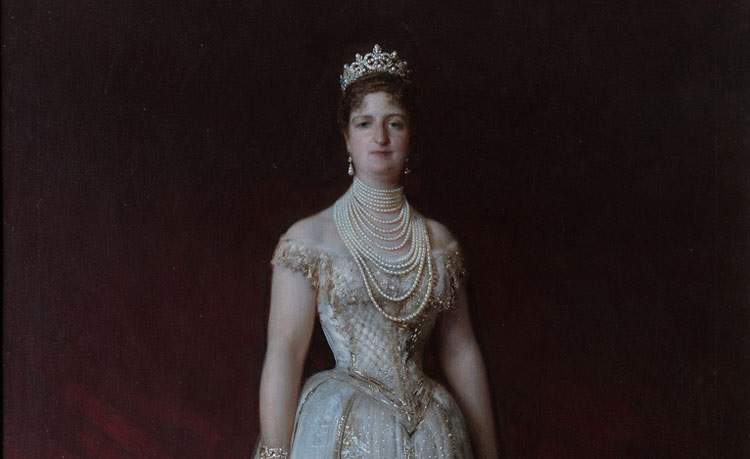 |
| Turin, at Palazzo Madama an exhibition on Queen Margaret of Savoy |
Warning: the translation into English of the original Italian article was created using automatic tools. We undertake to review all articles, but we do not guarantee the total absence of inaccuracies in the translation due to the program. You can find the original by clicking on the ITA button. If you find any mistake,please contact us.





























